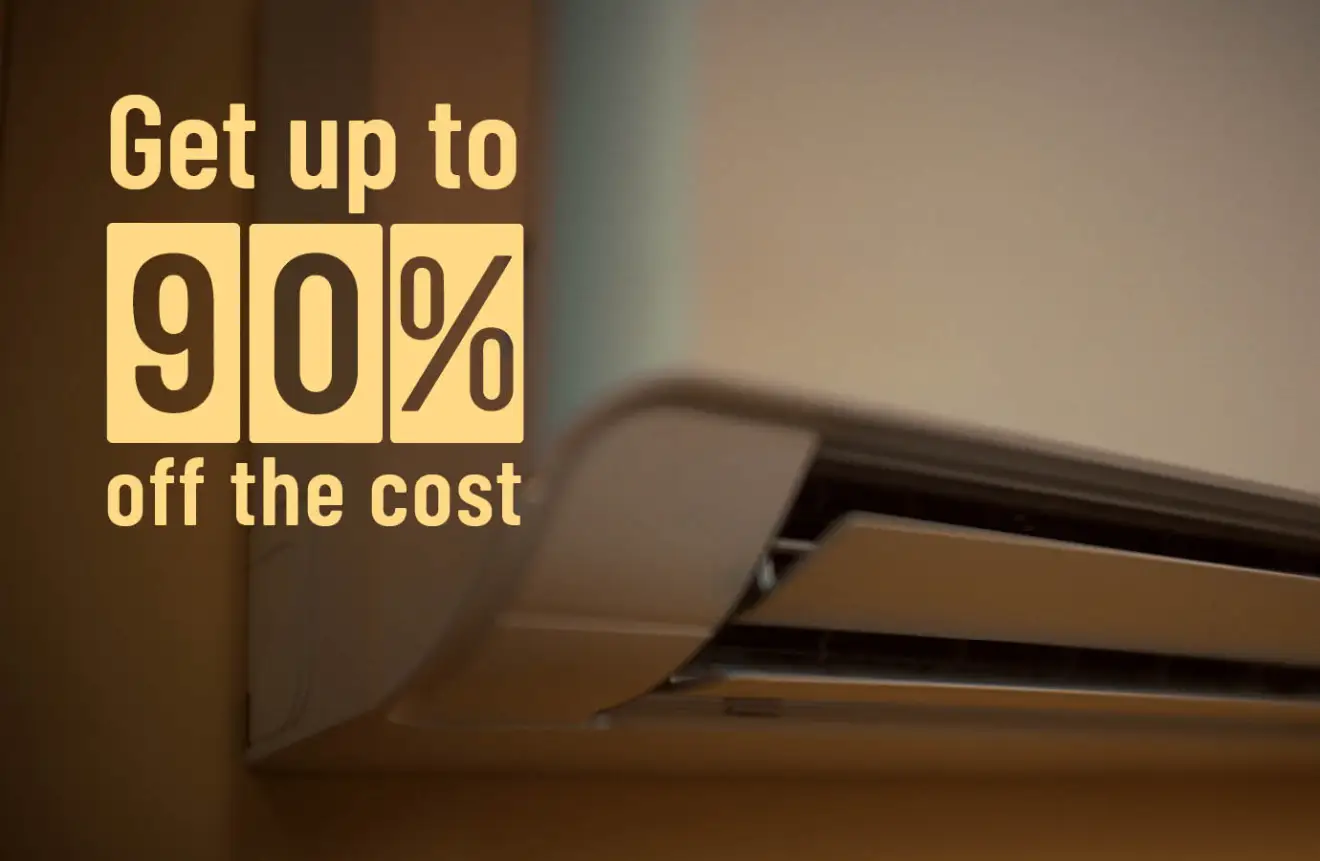We’ve done the maths to show just how much you can save with simple habits at home.
Research shows that even when we know these tips, we’re not always using them, potentially missing out on significant savings we could be making right now.
- Only heat the rooms you're using and seal draughts - save up to $350
- Switch to cold water washes - save up to $50
- Switch off unused appliances - save up to $200
- Check you're on the best power plan - save up to $500
- Consider an off-peak power plan and shift your usage - save up to $150
- Check if you’re eligible for a Warmer Kiwi Homes grant
- Trouble paying your bills? Get support

Only heat the rooms you're using
Focus your heating on the rooms you’re using, close doors to the others, and seal up sneaky draughts. It's a simple way to keep things cosy while saving up to $350 each year.
If you're using a heat pump, make it work smarter, not harder. Clean your filters and set the temperature to 21 degrees. If you have older people or young babies at home, it might need to be a little higher.
When you’re not heating, open your windows for 10 minutes to let damp air out and fresh air in.
Seal draughts to keep the heat in
Seal up sneaky gaps with draught stoppers, door snakes, or weather stripping.
If you have a classically draughty Kiwi house, this is one of the cheapest ways to stay warm by boosting your savings on heating.
The draught-sealing checklist:
- Tighten loose hinges, catches and latches on doors and windows
- Add weather stripping to fill in any gaps
- Seal door and window trims
- Fit draught excluders

Switch to cold water washes
Hot water makes up a third of our energy use, so reducing it where you can is a good idea. Washing with cold water gets the job done for less. It's a simple switch that can save $20-$50 each year.

Switch off unused appliances
Switching off appliances you’re not using, like a second fridge, heated towel rails, small space heaters, or devices on standby, is an easy way to save energy.
When left on, even if in standby mode, these devices can collectively add up to $200 to your yearly power bill.
Consider smart tech to make it easier
Smart plugs and smart devices can help you save energy and make the most of cheaper off-peak power. They can also help you avoid wasting energy from appliances that aren't in use.
Starting from around $20, smart plugs let you optimise when your appliances use energy — like automatically switching off heaters, desktop computers and entertainment systems — helping you cut energy waste.

Be on the best power plan for your home
Not all electricity plans are created equal. Your usage might have changed, and the best plan for you a year ago might not be the best one now.
Use Powerswitch to compare plans and providers. A few clicks could shave up to $500 off your power bills each year.
Consider an off-peak power plan
An off-peak plan might work for you if you can take advantage of off-peak electricity rates by running appliances like dishwashers, washing machines, dryers late in the evening, overnight or on weekends.
Electricity is cheaper at specific times on these plans, so could save you up to $150 a year — just be sure to check the details.

Check if you’re eligible for a heating and insulation grant
You and your family deserve a warm, dry home. Warmer Kiwi Homes covers 80%-90% of the costs to purchase and install insulation and up to 80% off an efficient heater, to help you save money on your power bills while you enjoy a warmer, healthier home.
You may be eligible if you own and live in a home built before 2008, live in an area identified as lower income, or have a Community Services/Gold card.
Take your energy savings to the next level
-
Buy energy smart
Check the energy rating label before you buy a new appliance. An appliance with more stars on the label is more energy efficient – and will cost you less to run.
Save: $140 a year* -
Clean your heat pump filter
Clean the filter in your heat pump once a month to ensure it runs efficiently. Dust and debris buildup forces the system to work harder, increasing energy use.
Save: $50 a year* -
Check your insulation
Good home insulation reduces the need for heating and cooling by keeping your home’s temperature stable, making it one of the most effective ways to save energy and money.
Save: $310-$340 a year* -
Switch to LEDs
Replace traditional bulbs with LED lighting throughout your home. LEDs use significantly less energy, last much longer, and provide the same brightness as other lighting options.
Save: $90 a year* -
Close your curtains at dusk
Close your curtains or blinds at sunset to retain heat and prevent warmth from escaping through windows.
Save: $80-$90 a year* -
Set your hot water cylinder to 60°C
Set the maximum temperature of your hot water system to 60°C. Higher temperatures waste energy and increase the risk of scalding.
Save: $70 a year*
Need help paying your energy bill?
You may be able to get support through your provider, free dispute resolution with Utilities Disputes, or tailored energy-saving advice from the EnergyMate coaching programme.




